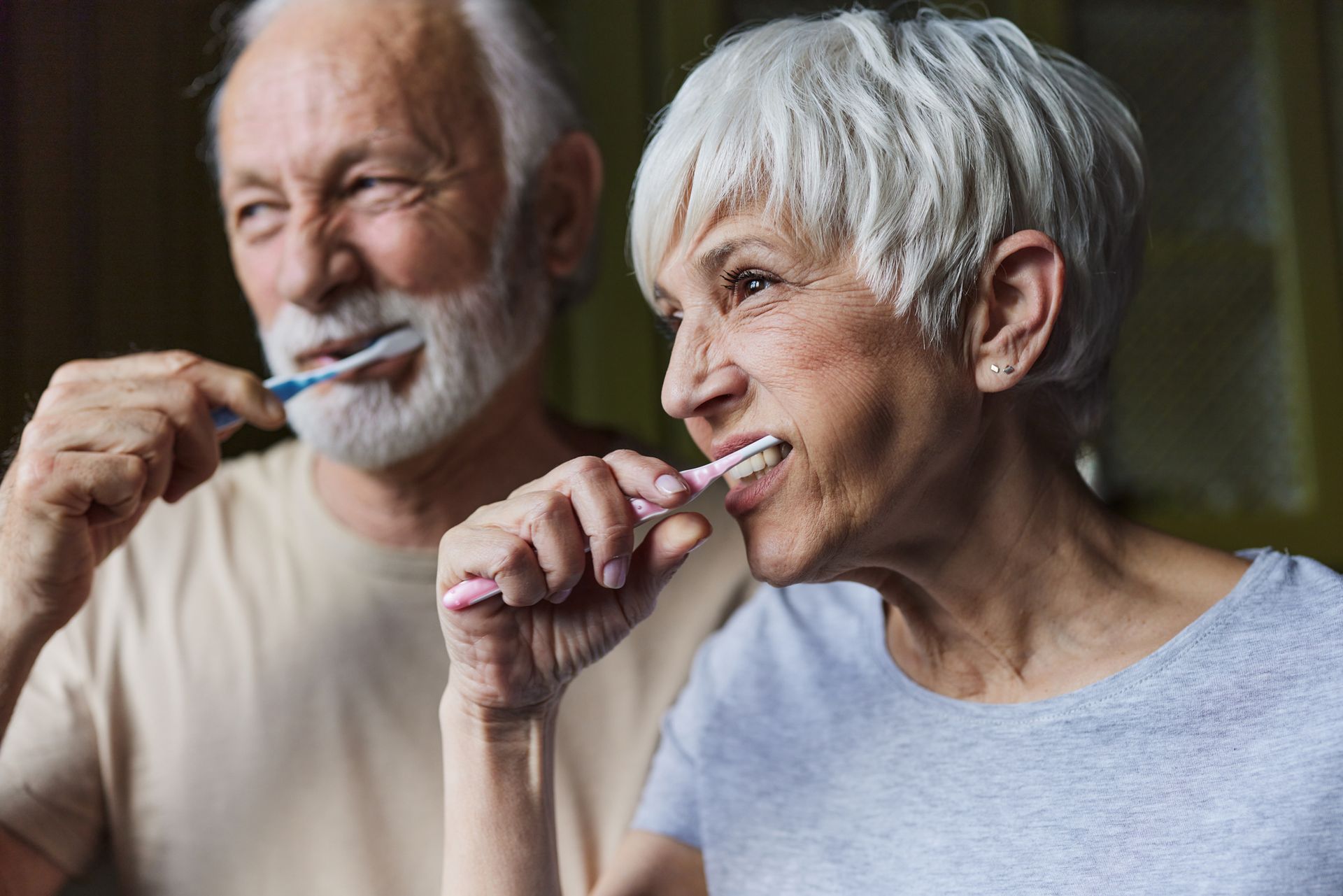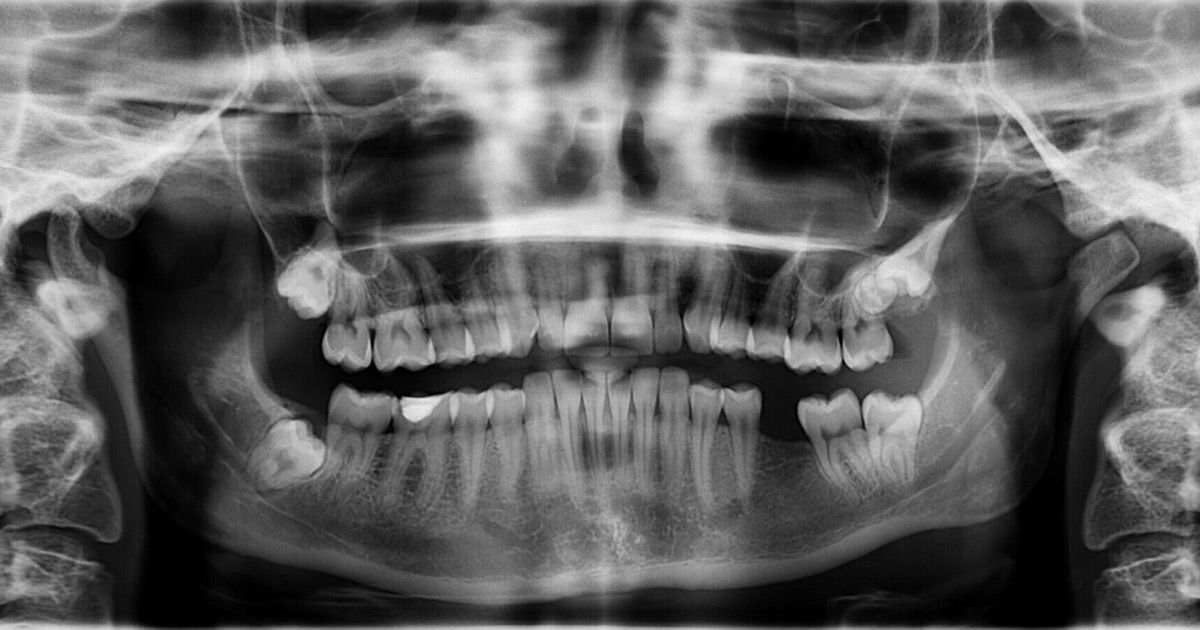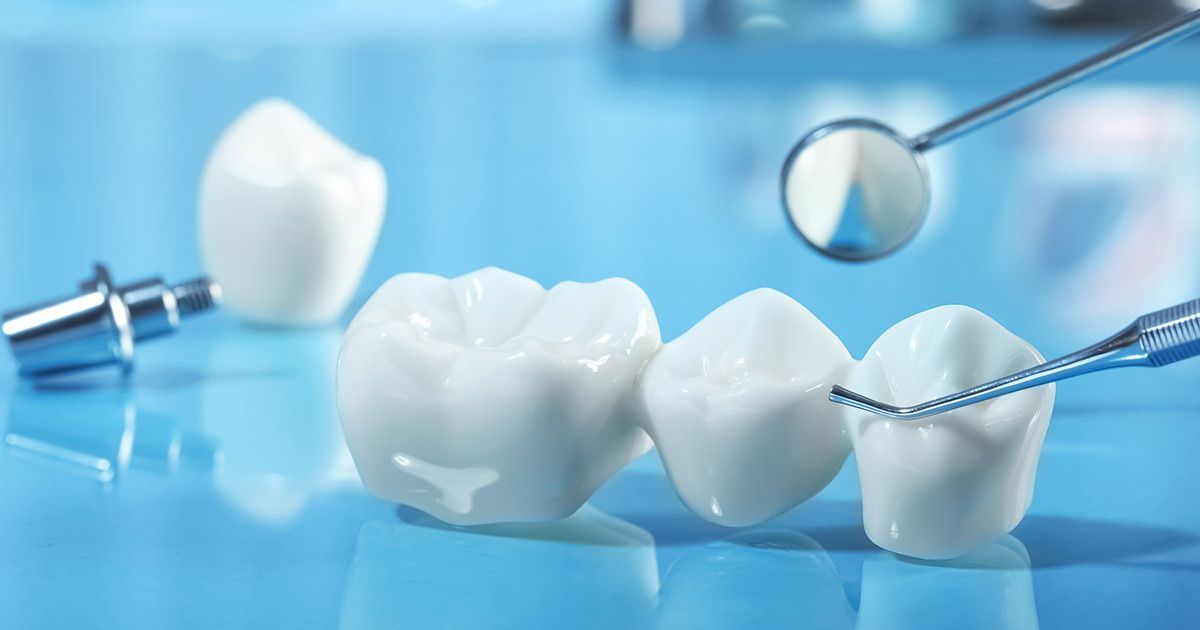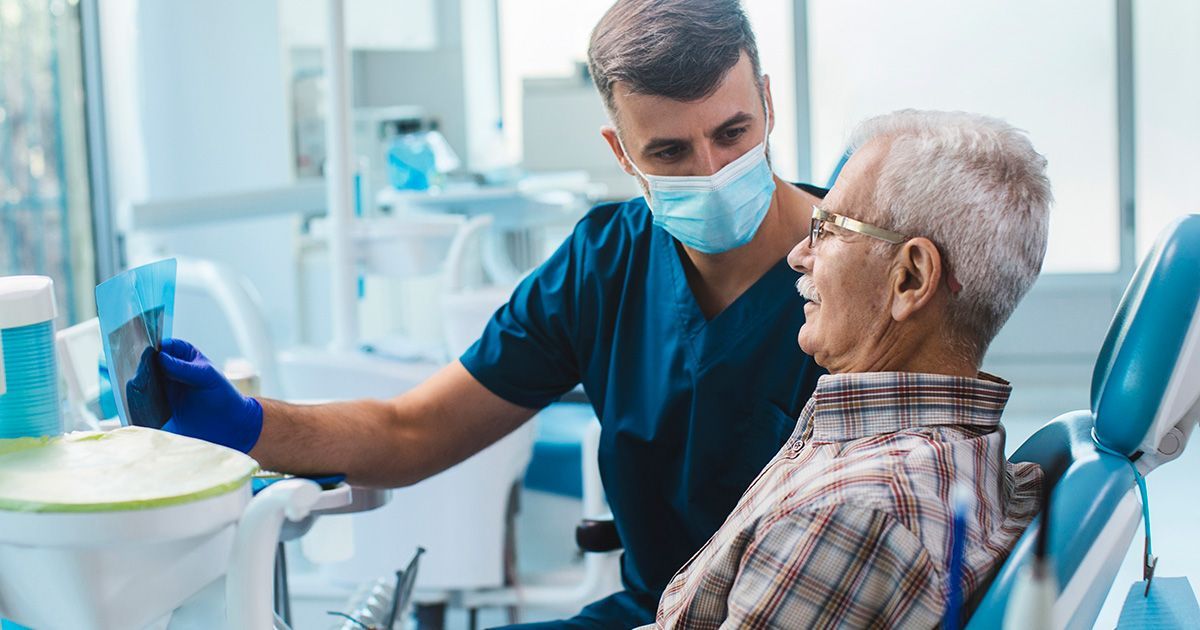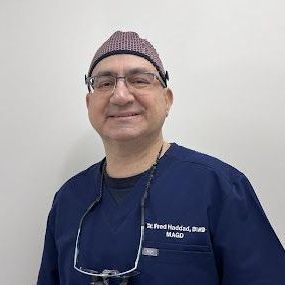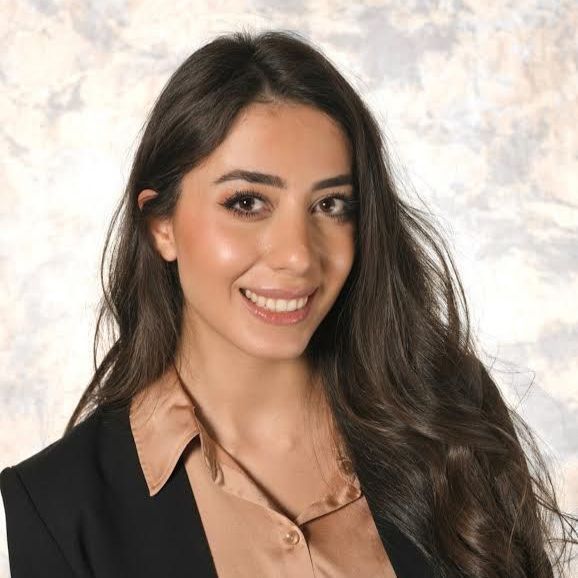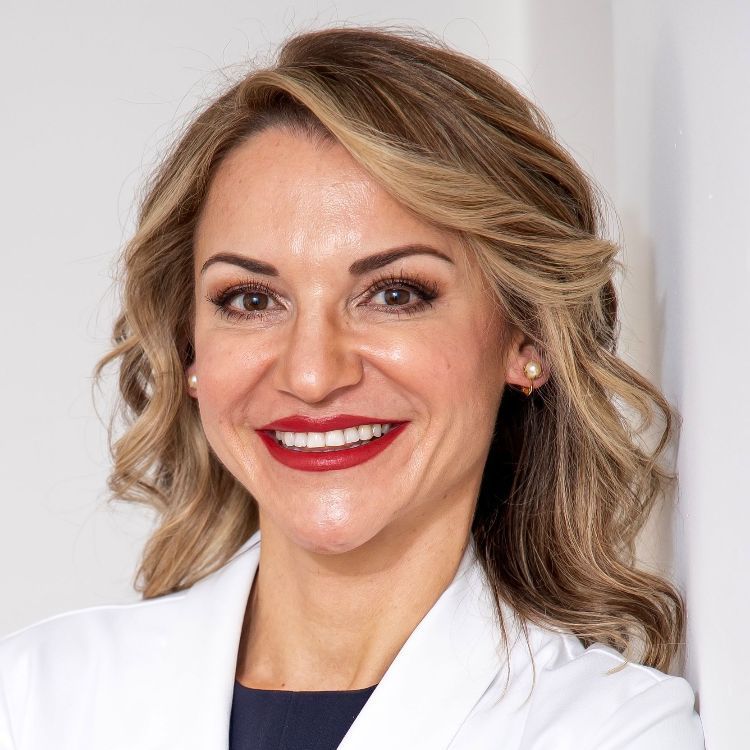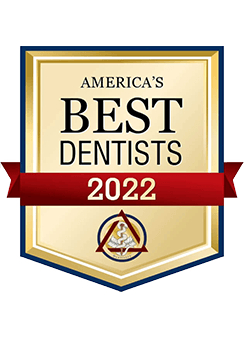How To Brush
Proper Brushing Technique
- To begin, select a small-headed, soft-bristled toothbrush, grasp it gently with your fingers (not your fist), and squeeze on a pea-sized dab of fluoride toothpaste.
- Hold the bristles gently against the outside of your top teeth, near the gum line, at about a 45-degree angle upward.
- Sweep the brush gently back and forth over teeth and gums in soft strokes — or, if you prefer, use an elliptical (circular) motion to clean the teeth.
- Be sure to clean the spaces between teeth: You can use a sweeping motion to brush food particles away from the gums.
- When you have done one brush-width, move to the adjacent area of your teeth and repeat. Keep going until you have finished cleaning the outside of the whole top row of teeth.
- Move to the bottom teeth. Repeat the procedure, tilting the brush down toward the gum line at about 45 degrees. Finish cleaning the outside of the bottom teeth.
- Go on to the inside of the top teeth. Tilting the bristles up toward the gums, clean the inside of the top teeth with gentle but thorough strokes.
- Move to the inside of the bottom teeth. Tilt the brush down and repeat the procedure.
- Now it's time for the chewing surfaces: Holding the bristles flat against the molars, clean the ridges and valleys of the back teeth. Do this for all the top and bottom teeth.
- Finally, brush your tongue gently to remove bacteria and freshen breath.
Check Your Work

Variations for Comfort
Dr. Haddad
D.M.D
Dr. Haddad’s purpose at Sewell Dental Designs is to empower his patients so they can achieve and maintain excellent dental health and have a smile they are happy to show off. He decided on this path after receiving treatment from a competent and friendly dentist when he was a teen.
Dr. Haddad obtained his Bachelor of Science degree at George Mason University in Virginia and went on to earn his Doctor of Medicine in Dentistry degree (DMD) from Temple University Maurice H. Kornberg School of Dentistry.
Dr. Joanna
D.D.S
Dr. Joanna Haddad was born and raised in Lebanon and now resides in Philadelphia, PA. She speaks Arabic, French, and English fluently. Dr. Joanna earned her Doctorate of Dental Medicine from the University of Pennsylvania School of Dental Medicine, graduating with honors in Public Health. During her time in dental school, she was highly involved in various organizations and served as the Chapter President of the American Student Dental Association. She is also a proud member of the American Dental Association, American Association of Facial Esthetics and American student dental association.
Dr. Giesberg
D.D.S
Dr. Konstantina S. Giesberg, DDS, is a board-certified dentist anesthesiologist who has earned the privilege of becoming a Diplomate of the American Dental Board of Anesthesiology (DADBA).Dr. Giesberg obtained, with honors, her degree of Doctor of Dental Surgery (DDS) from the University of Buffalo, NY. She then completed her General Practice Residency in Dentistry at Wyckoff Heights Medical Center in Brooklyn, NY. Dr. Giesberg then furthered her studies at Wyckoff Heights Medical Center with a Specialty Program in Dental Anesthesiology, involving three years of concentration in deep sedation and general anesthesia.
